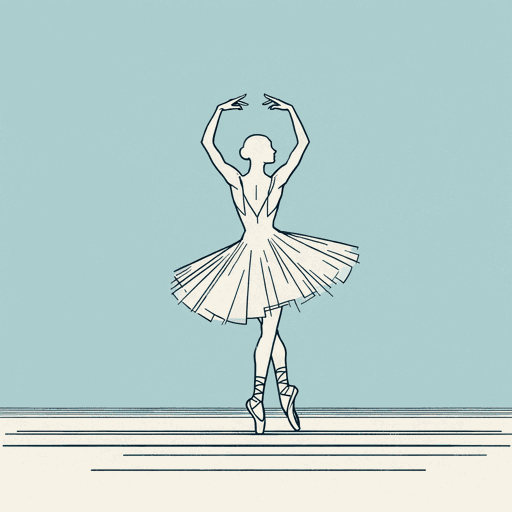42 pages • 1 hour read
Modris EksteinsRites of Spring: The Great War and the Birth of the Modern Age
Nonfiction | Book | Adult | Published in 1989A modern alternative to SparkNotes and CliffsNotes, SuperSummary offers high-quality Study Guides with detailed chapter summaries and analysis of major themes, characters, and more.
Symbols & Motifs
Spring
The motif of spring is sustained and persistent in Eksteins’s book. One observer of The Rite of Spring, Jacques Rivière, likened the ballet to “spring seen from the inside, with its violence, its spasms, and its fissions. We seem to be watching a drama through a microscope” (52). Thus, the often-sentimentalized season of new life was presented as a collection of dynamic forces by the Ballets Russes. This understanding of spring is featured throughout Eksteins’s analysis of the war and German ideology. Prewar Germany, Eksteins shows, is a definitively spring-like state in its restless pursuit of innovation and novelty in almost every sphere of life. By contrast, 19th century heavyweight Great Britain could be likened to the season of autumn, given its desire to reap what it had long ago sown.
The war itself began in a spring-like spirit with the mass movement of young men and their green hopes to prove themselves as battlefield heroes. However, in the largely static “war of attrition,” where men spent enormous amounts of time merely doing maintenance work in trenches and then endured brutal deaths on the battlefield, the ideal of spring-like dynamism was challenged (144). Far from finding an outlet for its heroism, youth was nipped in the bud.


